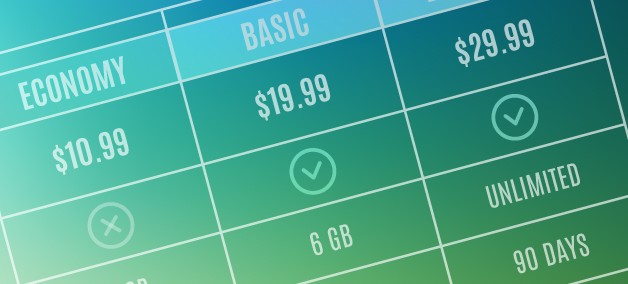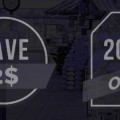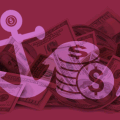In the last couple of posts we’ve covered a lot of very important concepts in decision architecture: anchoring, ordering, framing, and loss aversion. All of these concepts play significant roles in how people perceive the nature of a decision and the available options, as well as in driving the decision outcome itself.
Now that we’ve seen how the way an option is presented, and how it greatly affects the way people make decisions, let’s see how we can use framing in conjunction with anchoring to persuade conversions.
In Predictably Irrational written by Dan Ariely’s a Professor of Psychology and Behavioral Economics, there is an experiment which appears in the first chapter.
Below are three subscription plans offered by Economist.com. Which would you choose?
- One Year Subscription of online access to Economist.com and all articles since 1997 – $59.00
- One Year subscription to the Print Edition of the Economist – $125.00
- One Year Print & Online subscription – $125.00
Did you catch that? Look closely. It looks like The Economist may have made a mistake. They’re offering a one-year print subscription for the same price as the one year subscription & access to all the online articles since 1997. Think about it. It’s actually pretty clever.
To see how persuasive this “framing” was, Ariely presented the Economist’s subscription plans to his MIT Sloan School of Management students with the options and had them choose a subscription. Here are the results:
- Internet-only subscription for $59 – 16 students
- Print-only subscription for $125 – 0 students
- Print-and-Internet subscription for $125 – 84 students
As Ariely said, “who would want to buy the print option alone… when both the Internet and the print subscriptions were offered for the same price.”. But How much did the 2nd option influence the students decisions. To find out Ariely conducted a second experiment. He presented the subscriptions without the second option to a different group of students and had them choose a subscription. Here are the results:
- Internet-only subscription for $59 – 68 students
- Print-and-Web subscription for $125 – 32 students
What a difference when he removed the 2nd option. The students decision making shifted dramatically, and without the second option, 68 students chose online only while only 32 students chose the online and print. That’s quite a difference from the first experiment. Let’s now do some math to see how significant this is. Instead of running this experiment with only 100 students, let’s say we did it with 10,000 customers. In first scenario, with 8,400 of the people choosing the first option, 1,600 choosing the third option, and none choosing the second, The Economist would have made $1,144,400 in revenue. In the second scenario; 6,800 chose the first option, 3,200 chose the second, The Economist would have made $801,200 in revenue. By simply placing that decoy in the second option, The Economist made an extra $343,200.
So what’s the lesson? The second decoy option became the anchor at which students based their decision. With the second option removed, the first option became the anchor. Now you can see just how powerful both anchoring in conjunction with framing can affect users when deciding what to purchase. When we understand how these concepts affect purchasing decisions, we can use them productively when optimizing conversions.
Want Us To Boost Your Conversions Bigtime?
Get Your Free & Discreet Consultation With Control Square Now!
We’ll reach out to you shortly.




